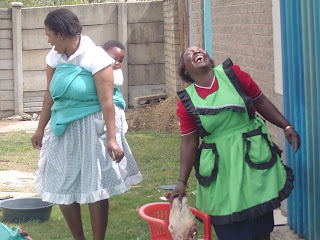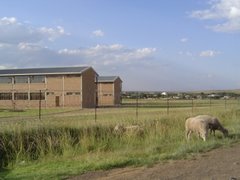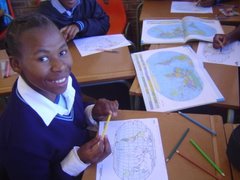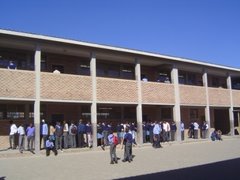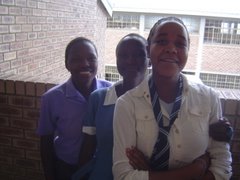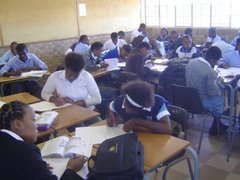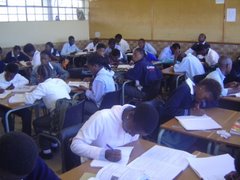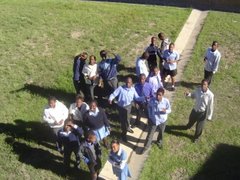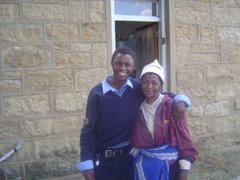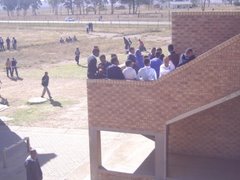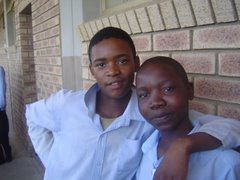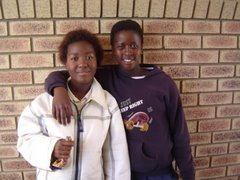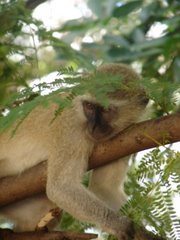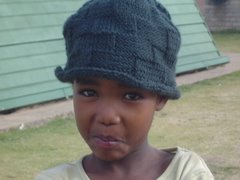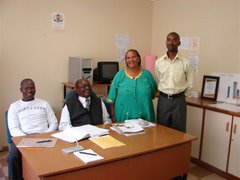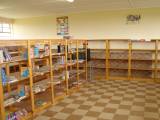
That is why we were able to take 2 vacations during this school holiday, first to Botswana and then to South Africa’s Wild Coast, a beautiful stretch of coastline that is left as exactly that. No highways, no high-rise hotels, no jet-skis.
In two days we drove from Pandamatenga, Botswana to Pretoria, South Africa, to Port Edward, on the southern coast of South Africa, a total of 22 hours of driving. The next day we left on a 6-day tour of the Wild Coast, which took us to the most beautiful and empty beaches that we have ever seen.

To get to the place that we were staying we had to hike 27 kilometers, much of it on the beach, with several stops for jumping off of cliffs into the water. Our guide, Albert, loved to find good jumping spots as much as we do and treated us to some very special jumps, including one into a waterfall that flowed into the ocean. The hike took us to several shipwreck sites, where the mangled boats have been washed onto the beach from areas that are called the “Shipwreck Coast.”

We spent 6 days at the different camps on the Wild Coast, hiking, canoeing, and swimming. The main camp that we stayed at was situated at the mouth of a river, so we could float down the river into the ocean. For a few of the nights we were the only ones at the camp, so we taught Albert to play “Down to One,” the Mahady family’s favorite card game.

We were also guided through Xhosa (pronounced “Click”-osa) Pondo villages, where people live in white rondavals, the round houses in the photos. One of the rondavals had been outfitted with a small solar panel, the only electricity for many miles. As we walked through the villages people would wave to us and tell Albert about upcoming events.

It was this way that we were invited to a Coming-of-Age Ceremony for the nearby Pondo girls. We hiked 7 kilometers from the camp to a small village where the ceremony was being held. The ceremony was for all of the girls from the community who had recently started menstruating from ages 11-14. After the ceremony they are now considered eligible for marriage. There was lots of singing, dancing, and meat; 2 cows and 4 sheep had been slaughtered for the ceremony. The ceremony included the community’s men chasing the girls with sticks and giving each one a good-natured rap on the backside.












